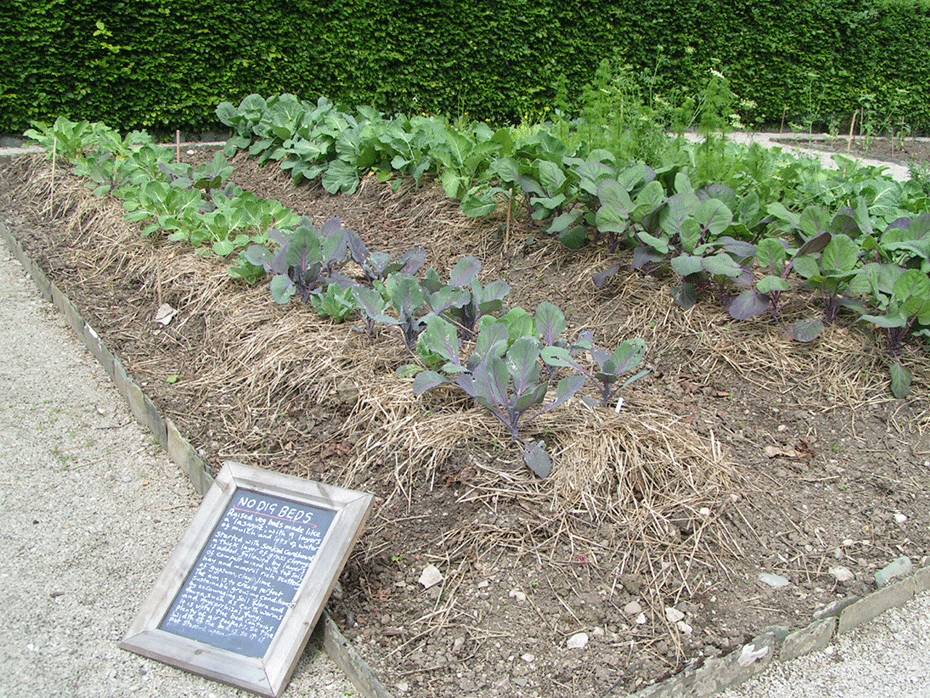Cut down on the work and enjoy life
Not everyone can have a show garden, which, let’s face it, is very time consuming and does require a certain degree of horticultural knowledge. Many working people just don’t have the time or the expertise needed, as we become older we are less mobile and can’t cope with the hard work or are disable and require somewhere nice to relax but just can’t manage to carry out the maintenance. There are several things you can do to make your outdoor space somewhere you can enjoy being with family and friends or just to chill out.
First of all consider the whole layout of the garden and carry out the hard landscaping before thinking about planting. If your garden is flat then making accessible paths is quite easy but if you garden on a slope this requires a bit more consideration. Paths which can accommodate a wheelchair need to meander gently backwards and forwards across the space; no tight corners or steep sections. Underfoot it would need to be solid stone, brick or concrete, not gravel, bark or grass.
Make the design simple, not a lot of tight spaces and narrow paths, try and keep the beds to the edges of the garden. Construct raised beds so the soil is kept confined and if you have a lawn there is no edging required to keep it looking tidy. Raised beds make it possible for disabled and people with restricted mobility to participate in the maintenance of the garden.
Steer away from perennial plants as they are quite time consuming, instead go for shrubs which don’t need any regular maintenance just a light prune every couple of years. Bedding plants are also fairly high maintenance but this can be cut down by the addition of water retention gel and slow release fertiliser incorporated into the compost. If you have a lot of containers and hanging baskets consider installing a drip irrigation system on a timer. Restricting the planting to just a couple of drought tolerant species cuts down considerably on the upkeep and is in keeping with the present contemporary design. Consider lavender or grasses if the bed is sunny or ferns or hostas if the area is shady.If you love the look of an herbaceous border install a leaky hose irrigation system underneath a thick mulch.
Weed the border, give it a good water, cover with a weed suppressant membrane then lay down the leaky hose. Cover with a good layer of mulch, at least 2” (5cm) of chipped bark, leaf mould or homemade compost. Keeping the planting dense cuts down on light reaching the soil surface stopping the weeds from germinating.
There’s no doubt that digging up the lawn and replacing with a hard surface is much less time consuming, but the disadvantage is that there are no worms for the birds or daisies for the bees. Avoid gravel unless you prepare the ground well first with a good quality weed suppressant. Also steer clear of wooden deck boards as these can get slippery with algae and need to be maintained regularly. Artificial grass is another alternative to a stone surface and new designs are barely distinguishable from the real thing. If you can’t bear to part with the lawn don’t be so precious about keeping it mown really short, let it grow a bit longer or turn it into a wildlife meadow.
A hard patio area can be softened by planting low creeping drought tolerant plants between the stones, such as thyme, sedums and Corsican Mint (Mentha requienii). Adding a few containers also takes away the harshness, go for as large a container as possible as they have more impact and don’t dry out as quickly.
Ponds and water features take some maintenance but this can be cut down by not having fish. There are plenty of self-contained water features on the market which will give you the soothing sound of running water without the maintenance of a pond. All they need is emptying and protecting in winter after scrubbing with a mild solution of soap and water to remove any algae.
If you want to grow vegetables adopt the ‘no-dig’ method which eliminates all that back-breaking digging. If you do keep the raised beds make sure they are narrow enough to be easily reached from both sides so you can just use hand tools.
When choosing garden furniture avoid softwood which needs treating every couple of years or cast iron which regularly needs painting. Instead go for good quality resin weave, which needs no maintenance just a wash down every couple of years, or hardwood which doesn’t need any treatments but can just be left to weather naturally. Powder coated aluminium is another alternative, it is light so easily moved if of restricted mobility, doesn’t need any maintenance and can be recycled at the end of it’s life.
Even if you don’t need to have a low maintenance garden the other obvious benefit of having more leisure is that you have more time to enjoy your outdoor space in the company of family and friends; so fire up the BBQ and enjoy life!




![Kingsbury-bench-05[1].jpg](http://www.hayesgardenworld.co.uk/cdn/shop/files/Kingsbury-bench-05_5B1_5D.jpg?v=1712162737&width=1500)
![Kingsbury-bench-01[1].jpg](http://www.hayesgardenworld.co.uk/cdn/shop/files/Kingsbury-bench-01_5B1_5D.jpg?v=1712161065&width=1500)
![tw17a-4947_0[1].jpg](http://www.hayesgardenworld.co.uk/cdn/shop/files/tw17a-4947_0_5B1_5D.jpg?v=1715609205&width=1500)
![tw17a-4947_tenbury_5ft[1].jpg](http://www.hayesgardenworld.co.uk/cdn/shop/files/tw17a-4947_tenbury_5ft_5B1_5D.jpg?v=1712161172&width=1500)
![tw17a-4952_tenbury_4ft[1].jpg](http://www.hayesgardenworld.co.uk/cdn/shop/files/tw17a-4952_tenbury_4ft_5B1_5D.jpg?v=1712161034&width=1500)
![thumbnail_IMG_1565-kik_2[1].jpg](http://www.hayesgardenworld.co.uk/cdn/shop/files/thumbnail_IMG_1565-kik_2_5B1_5D.jpg?v=1712226536&width=1500)
![thumbnail_IMG_1565-kik_1[3].jpg](http://www.hayesgardenworld.co.uk/cdn/shop/files/thumbnail_IMG_1565-kik_1_5B3_5D.jpg?v=1712159637&width=1500)



![WD-XgESA[1].jpeg](http://www.hayesgardenworld.co.uk/cdn/shop/files/WD-XgESA_5B1_5D.jpg?v=1712159609&width=1500)